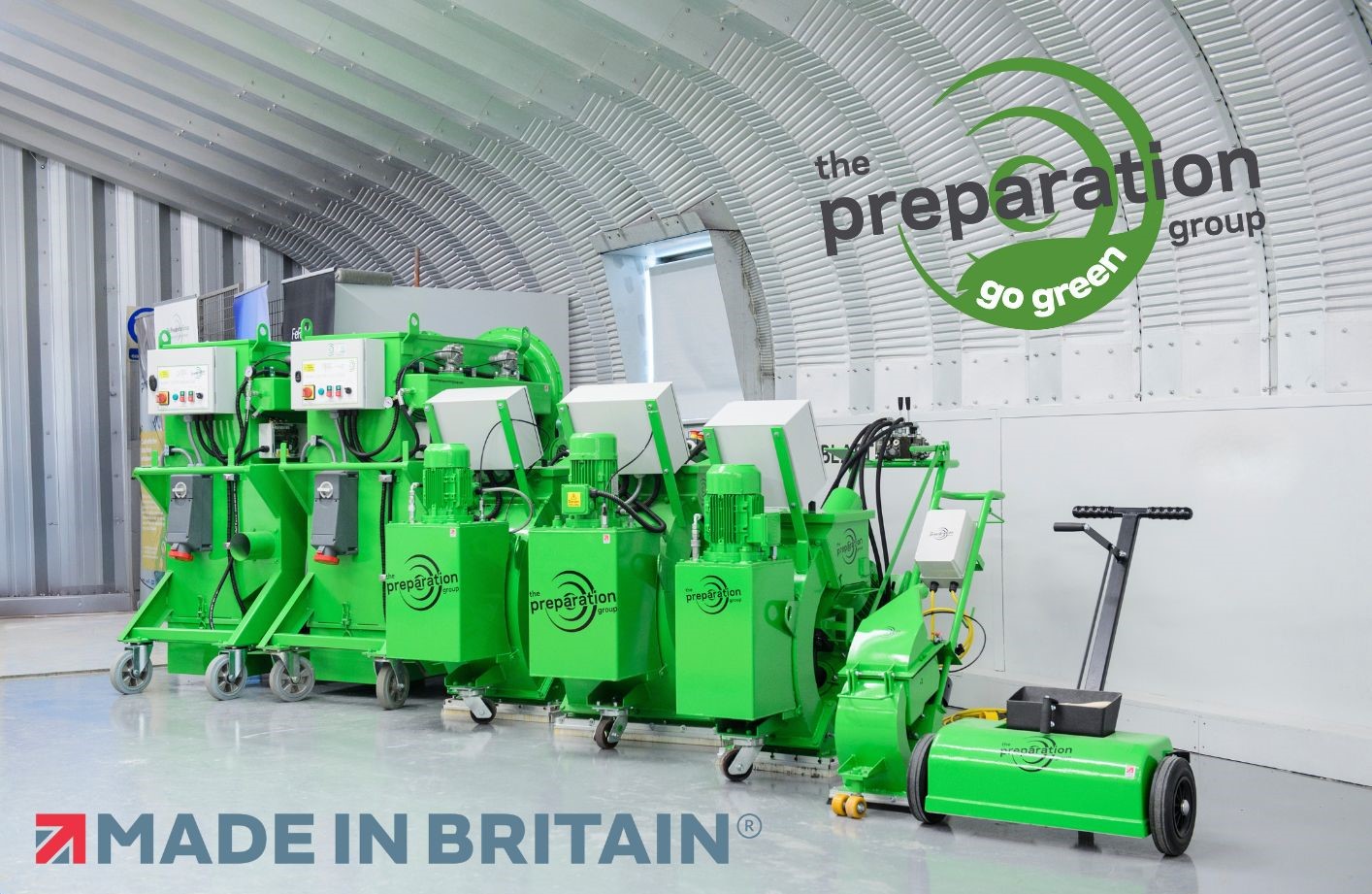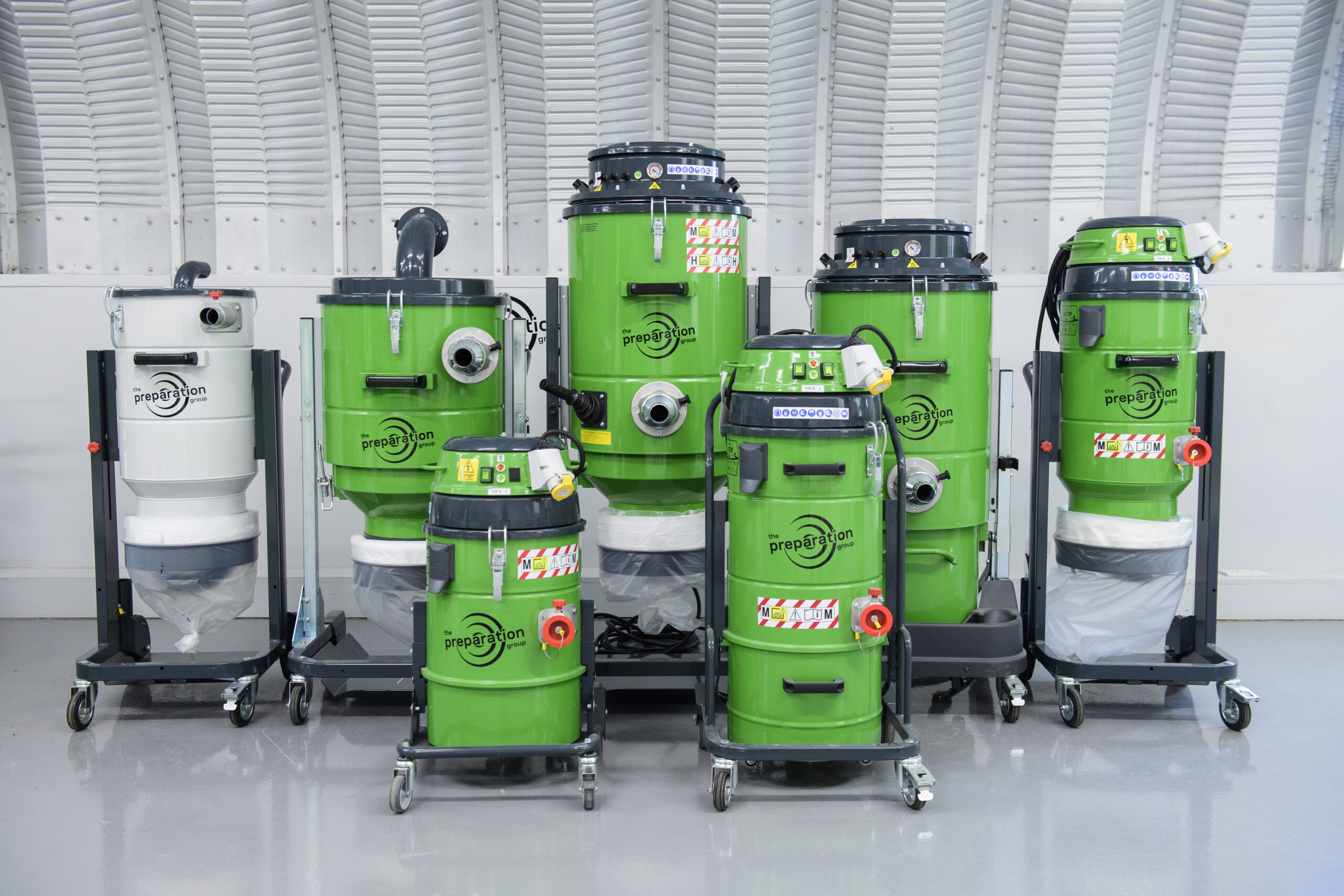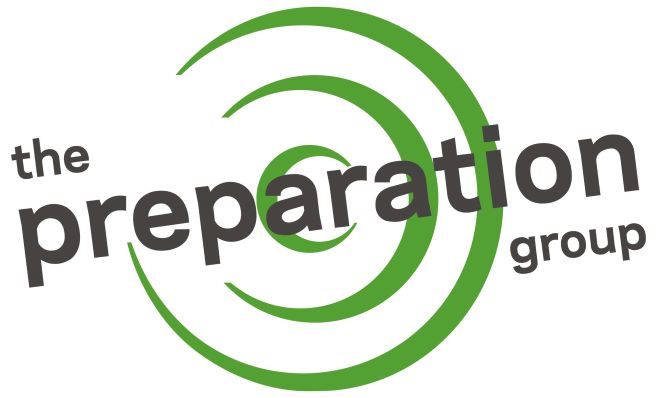Understanding Surface Preparation: The Critical First Step in Any Flooring or Coating Project
Key Elements of Surface Preparation
1. Coating Removal Existing coatings must be removed to ensure the new system bonds directly to the substrate. Applying new material over old layers can result in poor adhesion, causing the new layer to fail due to incompatibility or trapped contaminants beneath the surface. 2. Laitance and Contaminant Removal On concrete surfaces, laitance (a weak, powdery layer formed during curing) must be mechanically removed. Surface dirt, grease, oil, or other contaminants must also be eliminated to create a clean, stable base. Overlooking this step can compromise the entire project. 3. Rust Removal on Steel Substrates Steel surfaces often require rust and mill scale removal. These can interfere with the adhesion of protective coatings or treatments and must be thoroughly cleared to ensure long-term durability. 4. Creating the Right Surface Profile Once clean, the surface must be textured to a specific profile depending on the coating or material being applied. This profiling significantly improves adhesion compared to smooth or polished surfaces. Surface Preparation Methods Over time, a variety of methods have been developed and refined. Common mechanical techniques include: Shot Blasting: Propels abrasive media at high speed to clean and profile surfaces. Grinding: Used to remove thicker coatings or level uneven substrates. Planing: Useful for heavy-duty removal of thick materials or concrete reduction. Continuous Innovation While many surface preparation methods have stood the test of time, innovation continues to enhance equipment safety, efficiency, and environmental compliance. Today’s machines are designed to deliver precise results with reduced dust, noise, and operator fatigue, keeping pace with increasingly stringent safety and performance standards.

Conclusion
Surface preparation is not merely a preliminary task—it is a critical process that underpins the longevity and quality of any applied system. Whether you're working with concrete, steel, or wood, taking the time to assess and properly prepare the surface will always pay dividends in performance, safety, and durability.




